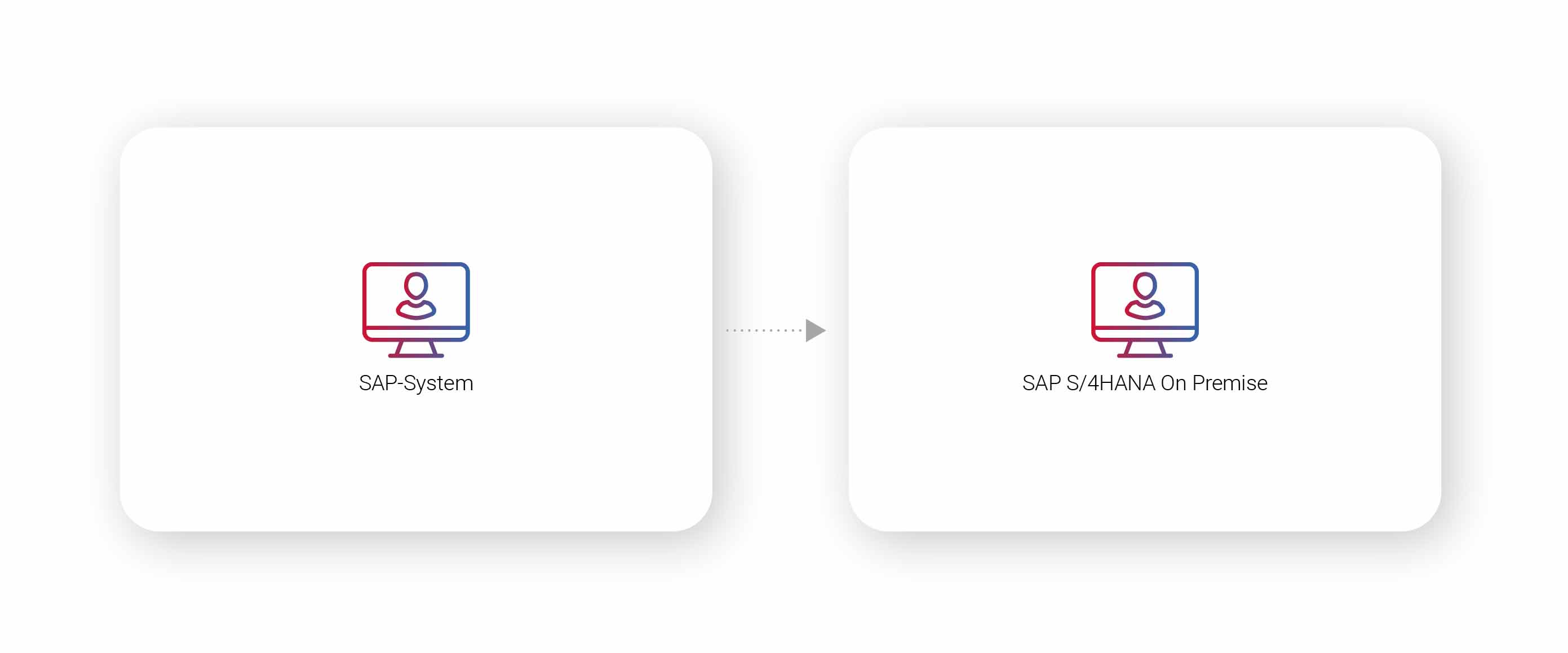SAP Brownfield Migration Scenario
Turning old into new.
The SAP S/4HANA migration according to the SAP brownfield migration scenario is a system conversion. This involves converting an existing SAP system such as SAP ERP into an SAP S/4HANA system in several steps. This is also referred to as an upgrade. Existing data and implementations are transferred.


How to transform your SAP environment with the customised SAP brownfield migration approach
The simplified process of the SAP brownfield migration approach in three steps
-
The SAP Readiness Check is used to check whether functions are used that are no longer available in SAP S/4HANA. In-house developments are analysed for compatibility. The result is the ‘Custom Code Migration Worklist’.
-
The points listed in the worklist must be clarified.
-
The system conversion is carried out using the Software Update Manager.
SAP operating models
In the SAP brownfield migration scenario, a complete migration is initially only possible to SAP's on-premise operating model. Subsequent effort must be invested in order to achieve complete cloud readiness and migration.
Advantages and disadvantages of the SAP brownfield migration scenario
Pros
The following advantages speak in favour of the SAP brownfield migration scenario:
- Low complexity
- Faster implementation
- Lower costs
- Less change management
- Few interface adaptations
- Critical business processes remain unaffected
Cons
These disadvantages speak against the SAP brownfield migration scenario:
- No flexibility
- No innovation
- Possibilities of SAP S/4HANA are not fully utilised
- Legacy issues are taken over
- No SAP standardisation
- Initially no cloud
Time for data cleansing
The existing SAP legacy system, such as SAP ERP, is migrated to the SAP S/4HANA system via an upgrade. Processes and data are retained. Before the upgrade, the central business partners for customers and suppliers must be created using Customer Vendor Integration. Ideally, data cleansing should take place in the legacy system - before the upgrade to SAP S/4HANA and before the CVI migration.
You might also be interested in:





